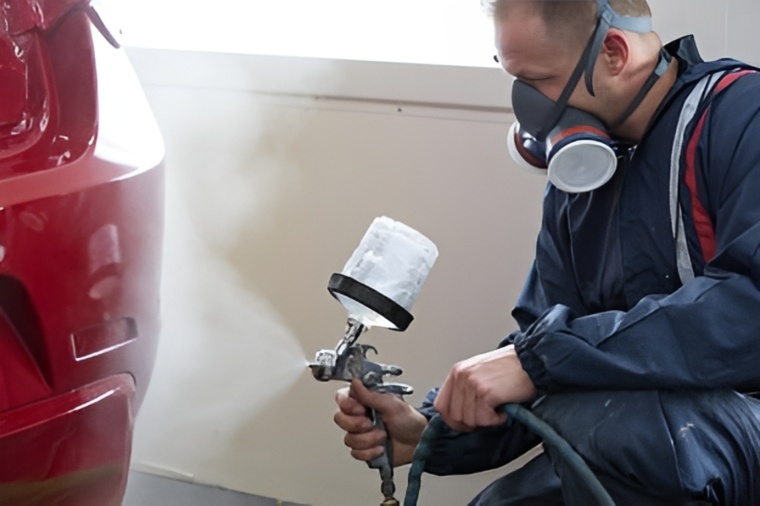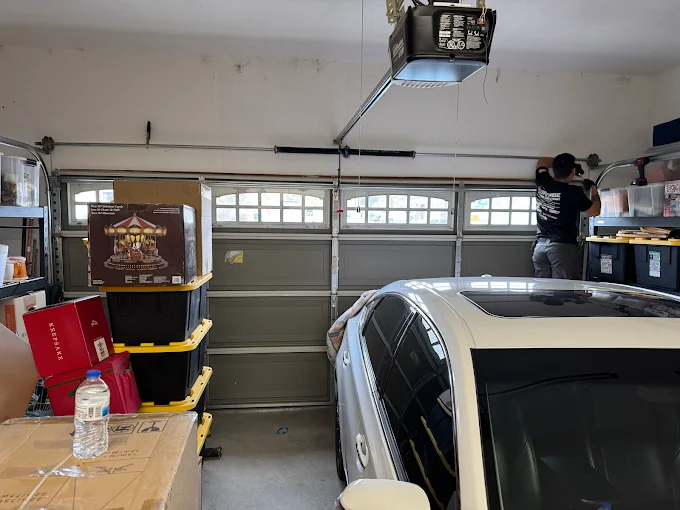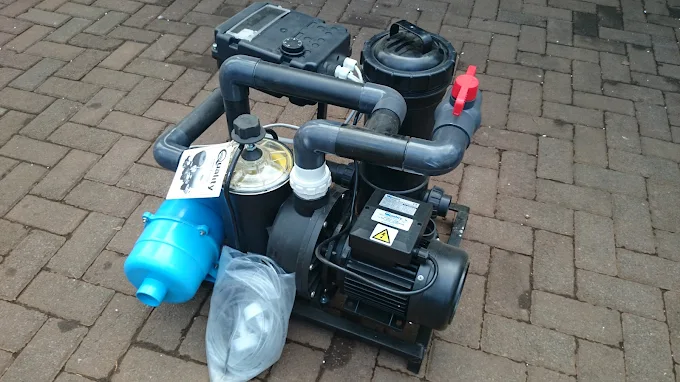
Purchasing a golf cart might seem like a simple and budget-friendly way to enjoy the convenience of short-distance travel—whether on the greens, around your community, or across large properties. But what many first-time buyers don’t realize is that owning a golf cart comes with a series of hidden costs that go well beyond the price tag on the showroom floor. While they’re typically less expensive than cars, golf carts require maintenance, upgrades, and other ongoing investments that can add up quickly if you’re not prepared.
Understanding these lesser-known expenses can help prospective owners make smarter purchasing decisions and manage their ownership experience with fewer surprises.
Initial Purchase Isn’t the Final Cost
It’s easy to get swept up in the low sticker prices of basic golf carts, especially when compared to other vehicles. But even the most straightforward model often comes with a catch. Many base models lack features that most users expect—like headlights, turn signals, or weather protection. By the time you add on accessories like seat belts, enclosures, custom wheels, and upgraded batteries, the final cost may double.
In addition, if you choose to customize your cart with a lift kit, rear seating, or upgraded suspension, you’re adding hundreds—if not thousands—of dollars to the original price. Therefore, the initial savings can quickly disappear once you build out your cart to meet your needs or lifestyle.
Battery Replacement and Maintenance
One of the biggest ongoing costs associated with golf cart ownership is the battery system. Whether you’re using a traditional lead-acid battery or upgrading to lithium-ion for longer range and quicker charging, these power sources eventually need replacement. Lead-acid batteries typically last around 3 to 5 years and can cost between $600 and $1,000 to replace. Lithium-ion batteries, though more durable and efficient, can run as high as $2,000 to $3,000.
Besides replacement, there are regular maintenance tasks to consider—such as checking water levels, cleaning terminals, and ensuring proper charging practices. Neglecting battery care can shorten its lifespan significantly, leading to premature and costly replacements.
Registration, Insurance, and Local Regulations
Many states and municipalities have started to require registration and insurance for golf carts—especially those modified for street-legal use. These requirements often include safety inspections, lighting and signaling equipment, and sometimes even emissions testing depending on local laws.
Insurance may not be mandatory in all regions, but it’s highly recommended. Liability coverage for accidents, theft, or damage can provide peace of mind, yet it also adds to your annual operating costs. Some policies can range from $100 to $400 per year depending on coverage levels and cart usage.
Local Dealer and Manufacturer Relationships
Another key aspect of owning a golf cart is access to reliable parts and service. Many buyers don’t consider how manufacturer networks impact long-term ownership. For instance, when sourcing replacement parts or looking for qualified technicians, local partnerships can make all the difference. This is particularly true if you’ve purchased from a lesser-known brand or imported model.
In regions like Delaware, having access to golf carts manufacturers in DE can offer significant benefits. Not only do local manufacturers provide easier access to OEM parts, but they often have faster turnaround times for repairs and personalized service that national dealers may lack. This connection can help reduce long-term maintenance delays and eliminate the cost of shipping out-of-state for specialty parts or servicing.
Storage and Charging Infrastructure
Storage might not be the first thing that comes to mind when buying a golf cart, but it’s another area where costs can creep in. Carts left outside in the elements tend to deteriorate faster, especially in regions with heavy rain, snow, or high humidity. You may need to invest in a weather-resistant cart cover or even build a small garage or shed—costing anywhere from a few hundred to several thousand dollars.
Charging infrastructure is another consideration. At the very least, you’ll need a safe, weatherproof outlet and space to park the cart near it. Some owners choose to install dedicated 110V or 220V circuits for faster charging, which can add electrician fees to the overall ownership cost. And don’t forget the increase in your electricity bill—charging even a small electric cart several times a week can add up over the course of a year.
Tire Replacements and Wear-and-Tear
Like any vehicle, golf carts experience wear and tear on parts like tires, brakes, and suspension. If you’re using your cart on rougher terrain, concrete, or streets rather than grassy fairways, tires will wear out faster. Replacing all four tires with quality treads can cost $200 to $500 depending on the size and brand.
Brakes also degrade with frequent use, especially on hilly terrain. Pads, rotors, and other brake components should be inspected annually and replaced as needed. Ignoring these areas can lead to decreased performance and safety risks—plus higher repair bills down the road.
Cost of Upgrades and Modifications
Whether it’s adding solar panels to extend range, custom paint jobs, Bluetooth audio systems, or luxury seats, upgrading a golf cart can quickly transform it into a costly project. While many of these changes are optional, they’re often desired to increase comfort, style, or functionality. Each enhancement adds to the total cost of ownership, and custom parts often require professional installation—raising the price even further.
These upgrades can also void warranties or conflict with certain manufacturer guidelines, leading to higher repair costs should something go wrong. Always consult your owner’s manual or dealer before modifying your cart too extensively.
Depreciation and Resale Value
Just like cars, golf carts depreciate over time. However, resale value can be especially unpredictable. Factors like battery health, brand reputation, and custom modifications can impact what you’ll get if you decide to sell. In some cases, high-end upgrades don’t return much value in resale and may even limit your buyer pool.
While some luxury or street-legal models retain value better than others, it’s rare to recoup your full investment. Being aware of this helps set realistic expectations and avoids over-capitalizing on a product that naturally loses value with each passing year.
Final Thoughts
Owning a golf cart certainly comes with convenience, fun, and flexibility. But those benefits are often accompanied by hidden expenses that can surprise even experienced vehicle owners. From battery maintenance and insurance to storage needs and tire replacements, the real cost of ownership is much broader than it first appears.
If you’re considering investing in a cart, take the time to calculate not just the purchase price but also the long-term ownership expenses. By being informed and planning ahead, you can enjoy all the perks of golf cart ownership—without being blindsided by the fine print.






